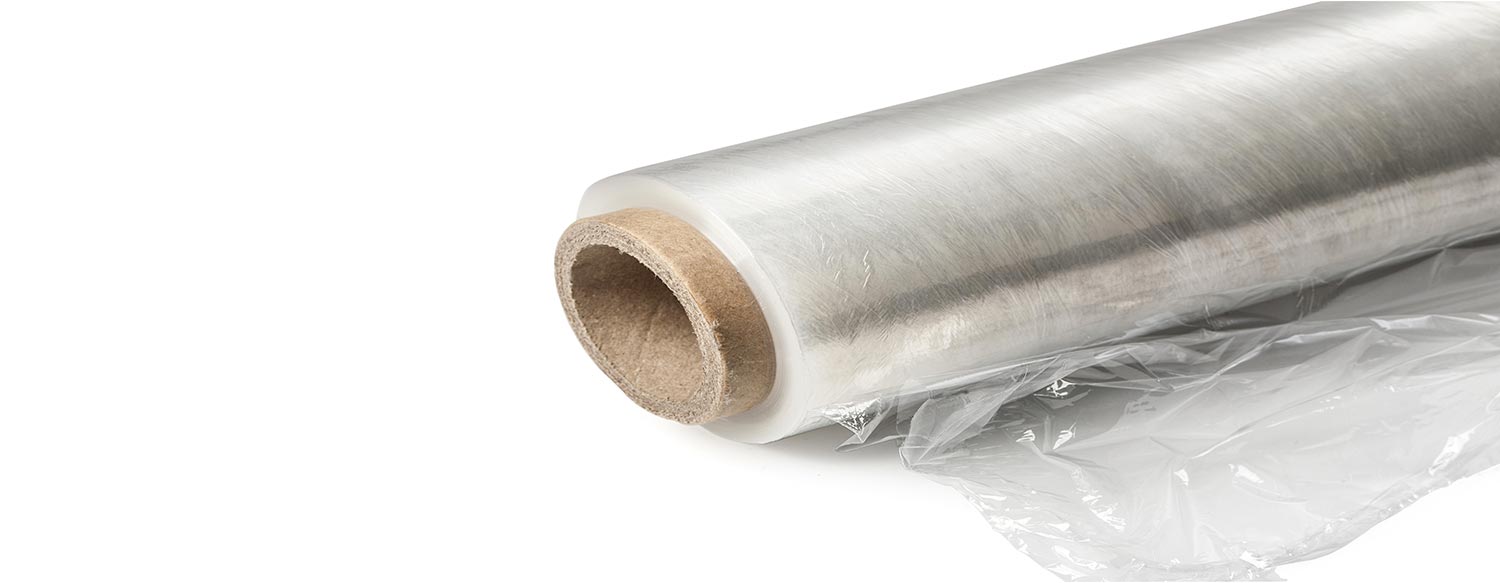
Two of the most common methods of protecting cartons that are placed upon pallets are shrink film and stretch film. For those unfamiliar with the specific differences between these two types of materials, it may be difficult to select which option is right. Deciding which of these two product packaging supplies is best will require some careful thought and some information about the composition and applications of each different kind of protective film.
How To Find The Right Protective Packaging
The Basic Difference Between Shrink And Stretch Film
As their respective names imply, the main difference between these two types of product packaging supplies is how they change in size. Shrink film contracts when it is heated up, which makes it more protective of the things that it is placed over. On the other hand, stretch wrapping is a type of protection that expands as it is wrapped around a load of products. The elasticity is what keeps things in place. Another important difference between these two types of film is the composition of the plastic used in each of them. Shrink film is made out of a large amount of low density polyethylene; whereas, stretch film contains a high level of linear low density polyethylene.
Are Bioplastics A Real Sustainable Packaging Solution?
Choosing Between Shrink And Stretch Film
The main question many companies may have when it comes to choosing between these two types of product packaging supplies is which particular kind to use. According to the United States Plastic Corporation, stretch wrap is usually used to bundle a large number of items together in a stable way. The tension of stretch wrap makes it cling to itself, which supports the packages on a pallet and stops them from shifting around.
Shrink wrap, on the other hand, is more commonly used for individual items. Another benefit of shrink wrap is that it is more resistant to weather and dust; this is generally why it is used for things like CD and DVD cases, since it stops them from collecting dust while they are on retail store shelves. Shrink wrap is also used to wrap food and gift baskets, hygiene products, books, and other kinds of products that are sensitive to natural elements.
Eco-Friendly Void Fills That Will Leave You Speechless
When attempting to decide between these two types of wrap, sustainability is another important issue to think about. The sustainability of both of these kinds of wrap depends on the kind of vendor that you purchase them from. Shrink wrap and stretch wrap can both be environmentally friendly depending on how they are made. Some states and municipalities also have programs in place to accept recycling of these materials, like New Jersey and Pennsylvania.
Whatever kind of wrapping solution you are in need of, it is important that you choose the proper option. Consider which of these two product packaging solutions would be more environmentally-friendly, easier on your budget, and more suitable to the specific kinds of products you have to transport and the particular mode of transportation that you will be using. Consideration of these factors is the best way to effectively decide between shrink wrap and stretch wrap.

About Michael Wilson
Michael Wilson is AFFLINK'S Vice President of Marketing and Communications. He has been with the organization since 2005 and provides strategic leadership for the entire supply chain team. In his free time, Michael enjoys working with the Wounded Warrior Project, fishing, and improving his cooking skills.





